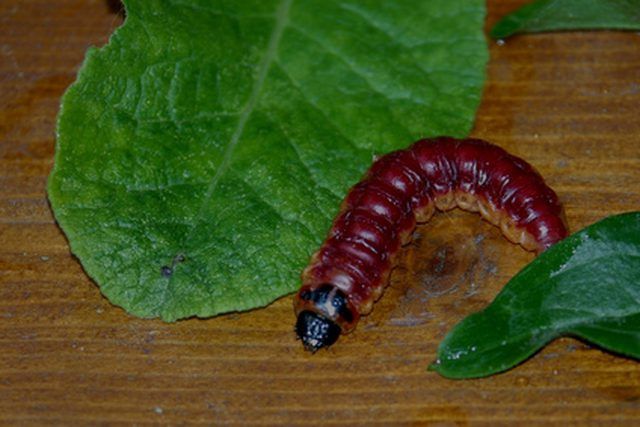Bulbs
Flower Basics
Flower Beds & Specialty Gardens
Flower Garden
Garden Furniture
Garden Gnomes
Garden Seeds
Garden Sheds
Garden Statues
Garden Tools & Supplies
Gardening Basics
Green & Organic
Groundcovers & Vines
Growing Annuals
Growing Basil
Growing Beans
Growing Berries
Growing Blueberries
Growing Cactus
Growing Corn
Growing Cotton
Growing Edibles
Growing Flowers
Growing Garlic
Growing Grapes
Growing Grass
Growing Herbs
Growing Jasmine
Growing Mint
Growing Mushrooms
Orchids
Growing Peanuts
Growing Perennials
Growing Plants
Growing Rosemary
Growing Roses
Growing Strawberries
Growing Sunflowers
Growing Thyme
Growing Tomatoes
Growing Tulips
Growing Vegetables
Herb Basics
Herb Garden
Indoor Growing
Landscaping Basics
Landscaping Patios
Landscaping Plants
Landscaping Shrubs
Landscaping Trees
Landscaping Walks & Pathways
Lawn Basics
Lawn Maintenance
Lawn Mowers
Lawn Ornaments
Lawn Planting
Lawn Tools
Outdoor Growing
Overall Landscape Planning
Pests, Weeds & Problems
Plant Basics
Rock Garden
Rose Garden
Shrubs
Soil
Specialty Gardens
Trees
Vegetable Garden
Yard Maintenance
Borer Insecticide for Fruit Trees
Borer Insecticide for Fruit Trees. Borers are larvae of insects that feed on the cambium under the bark of fruit trees. Healthy, vigorously growing fruit trees are less likely to be attacked. Severe borer infestation will lead to tree death. Wrap the lower trunk from the ground to the lower branches with tree wrap, burlap or several layers of...

Borers are larvae of insects that feed on the cambium under the bark of fruit trees. Healthy, vigorously growing fruit trees are less likely to be attacked. Severe borer infestation will lead to tree death. Wrap the lower trunk from the ground to the lower branches with tree wrap, burlap or several layers of newspaper in spring to help prevent adults from laying eggs on the bark of new plantings. Keep the trunks wrapped the first season or two. Do regular visual inspections of the trunk, checking for sawdust at the base of the tree or around entry tunnels. Insecticides are only one option for borer control.
Chlorpyrifos
Chlorpyrifos is an organophosphate insecticide registered for use on fruit trees to kill borers. This product is available in several forms: granules, wettable powder, dustable powder and emulsifiable concentrate. It acts as a contact poison and has some stomach poison action. This pesticide is registered for use on more than 50 crops and is restricted to only licensed applicators. The Environmental Protection Agency (EPA) toxicity is class II, describing it as moderately toxic and moderately irritating.
Carbaryl
Carbaryl is a wide-spectrum insecticide that insects ingest or absorb by direct contact. You may find this product in a variety of forms: bait, dust, wettable powder, granules, dispersions and suspensions. Before using, read the manufacturer's warnings, as different products contain different formulations. It is in EPA toxicity classes I, II, and III depending on formulation. The EPA issued a decision in 2007 allowing products containing the pesticide to be eligible for reregistration.
Endosulfan
Endosulfan is a chlorinated hydrocarbon insecticide poison that works on contact with insects. It is available as an emulsifiable concentrate, ultra-low-volume liquid and wettable powder. Use according to manufacturer's instructions and heed warnings. EPA toxicity class I means it is highly toxic and severely irritating. In June 2010, the EPA was working out details to cancel all uses.
Lambda-cyhalothrin
Lambda-cyhalothrin is moderately to highly toxic depending on the formulation. This synthetic pyrethroid insecticide and acaricide is available as an emulsifiable concentrate, wettable powder or ultra-low-volume liquid. It is an alternative to azinphos-methyl (AZM), which is being phased out. Unless the manufacturer states otherwise, it is compatible with many other insecticides and fungicides. This product is available for use by certified applicators only. The EPA toxicity is class II.
Permethrin
Permethrin is a broad-spectrum synthetic insecticide belonging to the pyrethroid class. Formulations are available in dusts, emulsified concentrates, smokes, ultra-low-volume liquids and wettable powders. This is a Restricted Use Pesticide (RUP) due to the potentially harmful effects on aquatic organisms, so anyone spraying over wide areas must be a certified applicator. Homeowners apply 41 percent of this pesticide, and nonfarm use accounts for 70 percent. It has in EPA toxicity class II or III, depending on formulation.